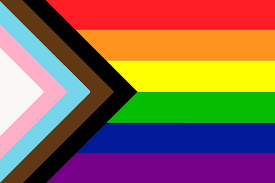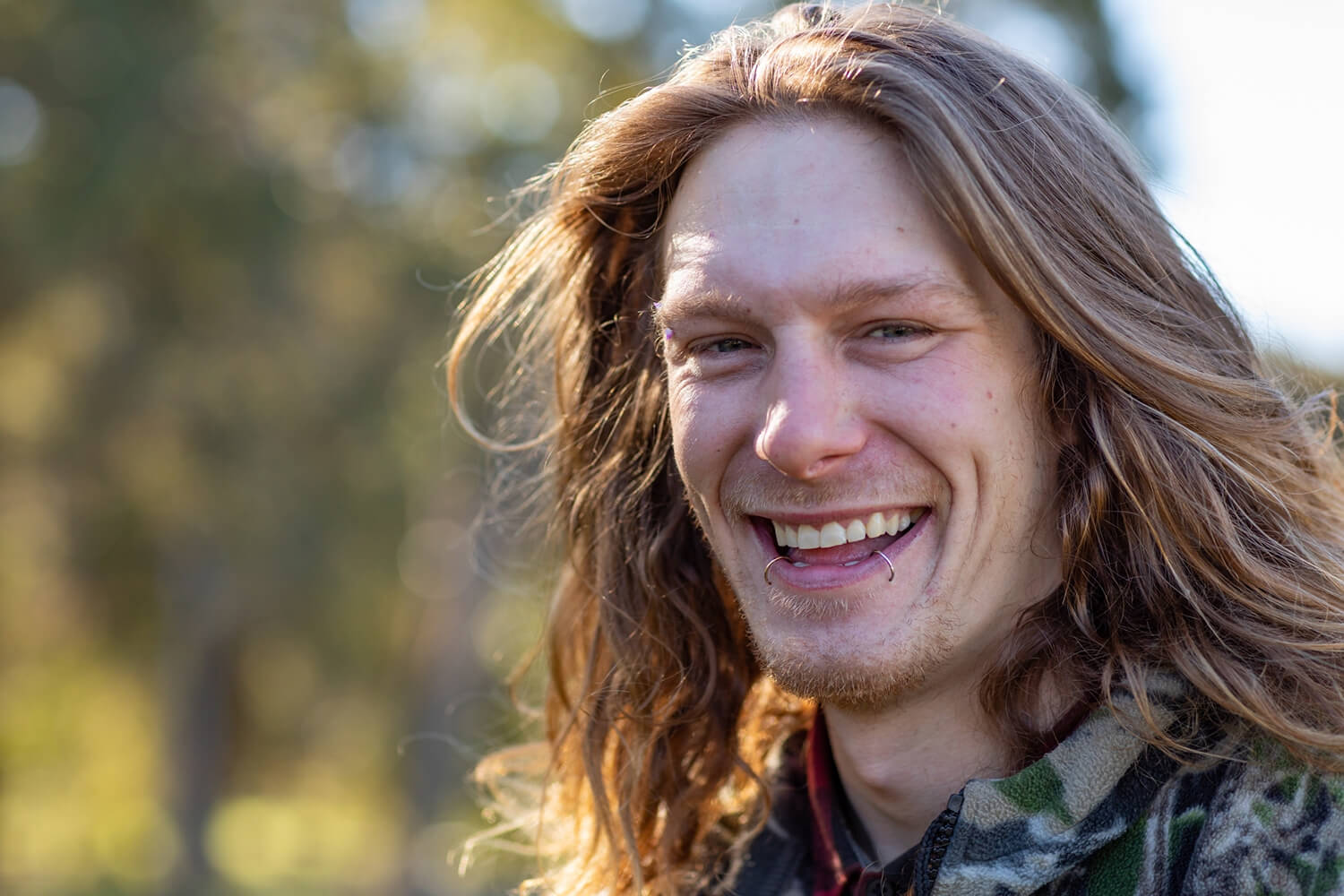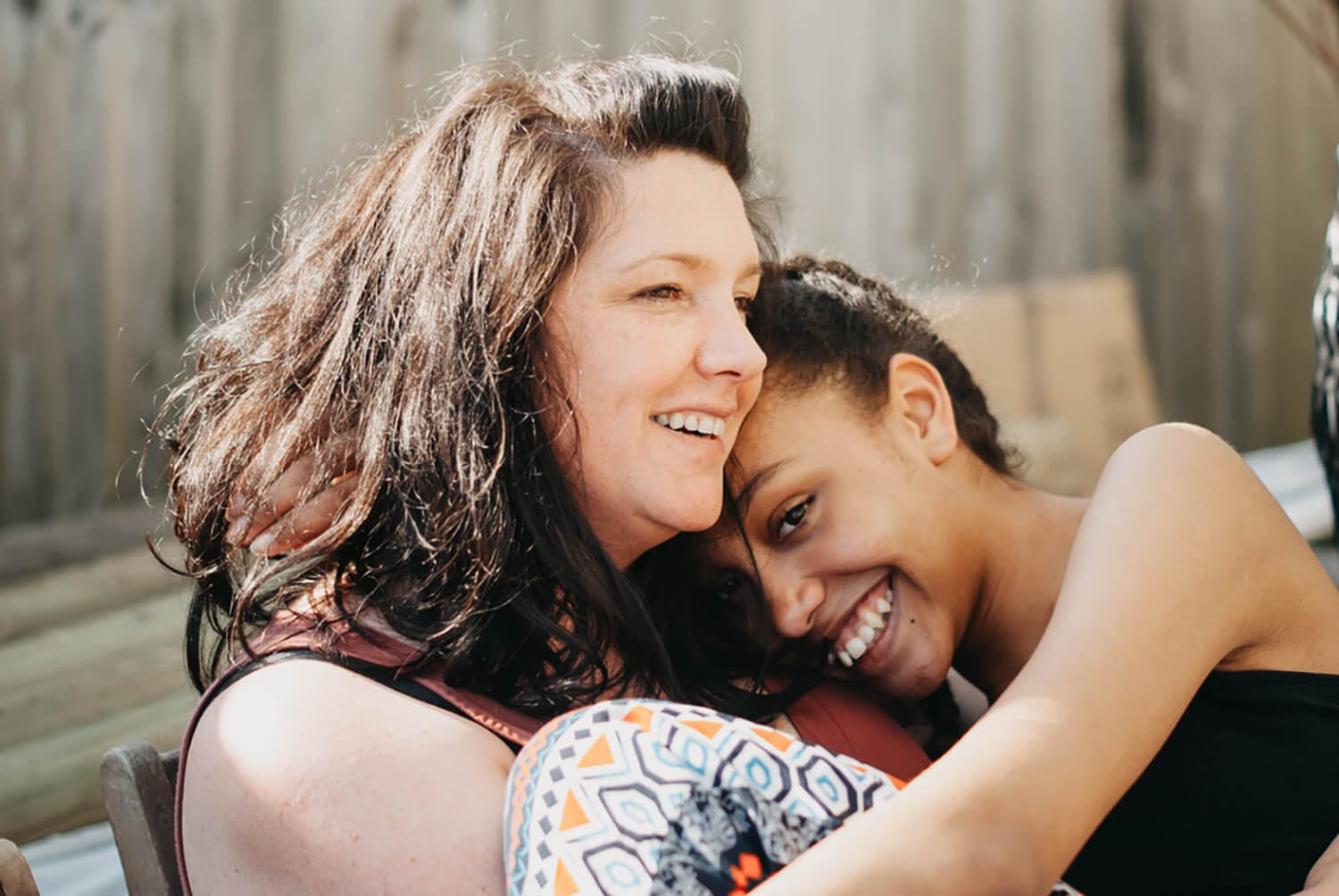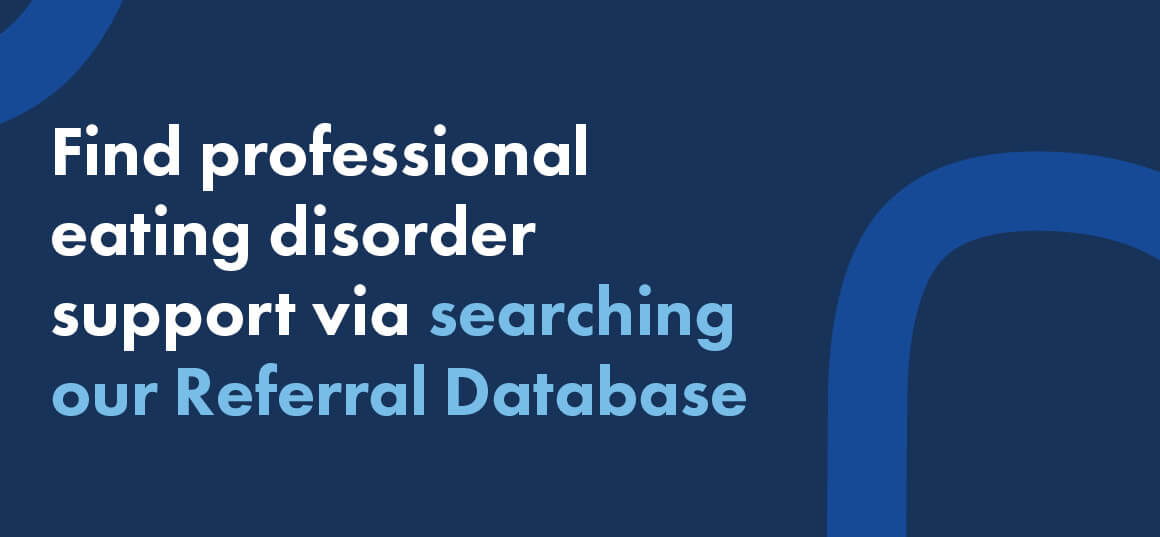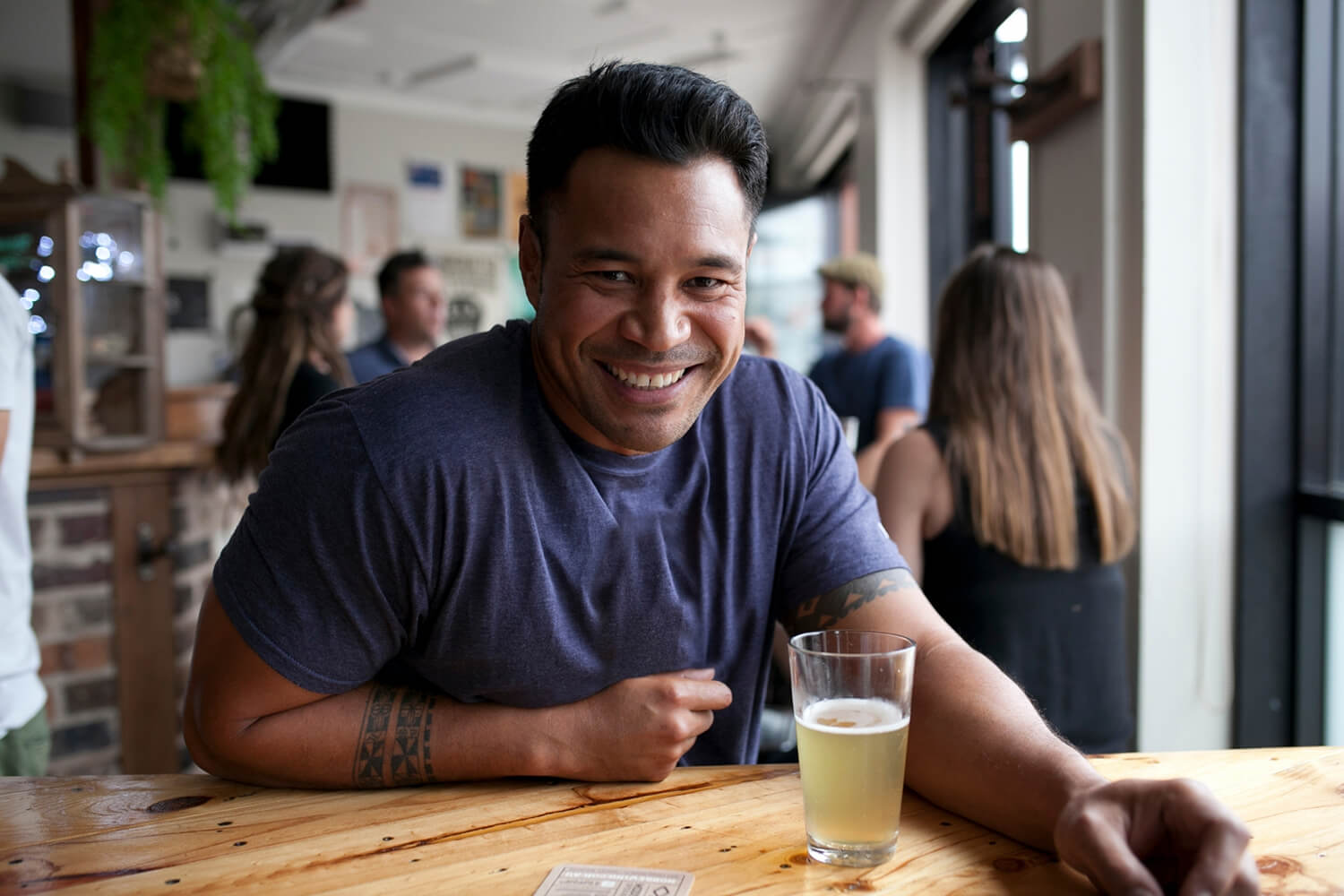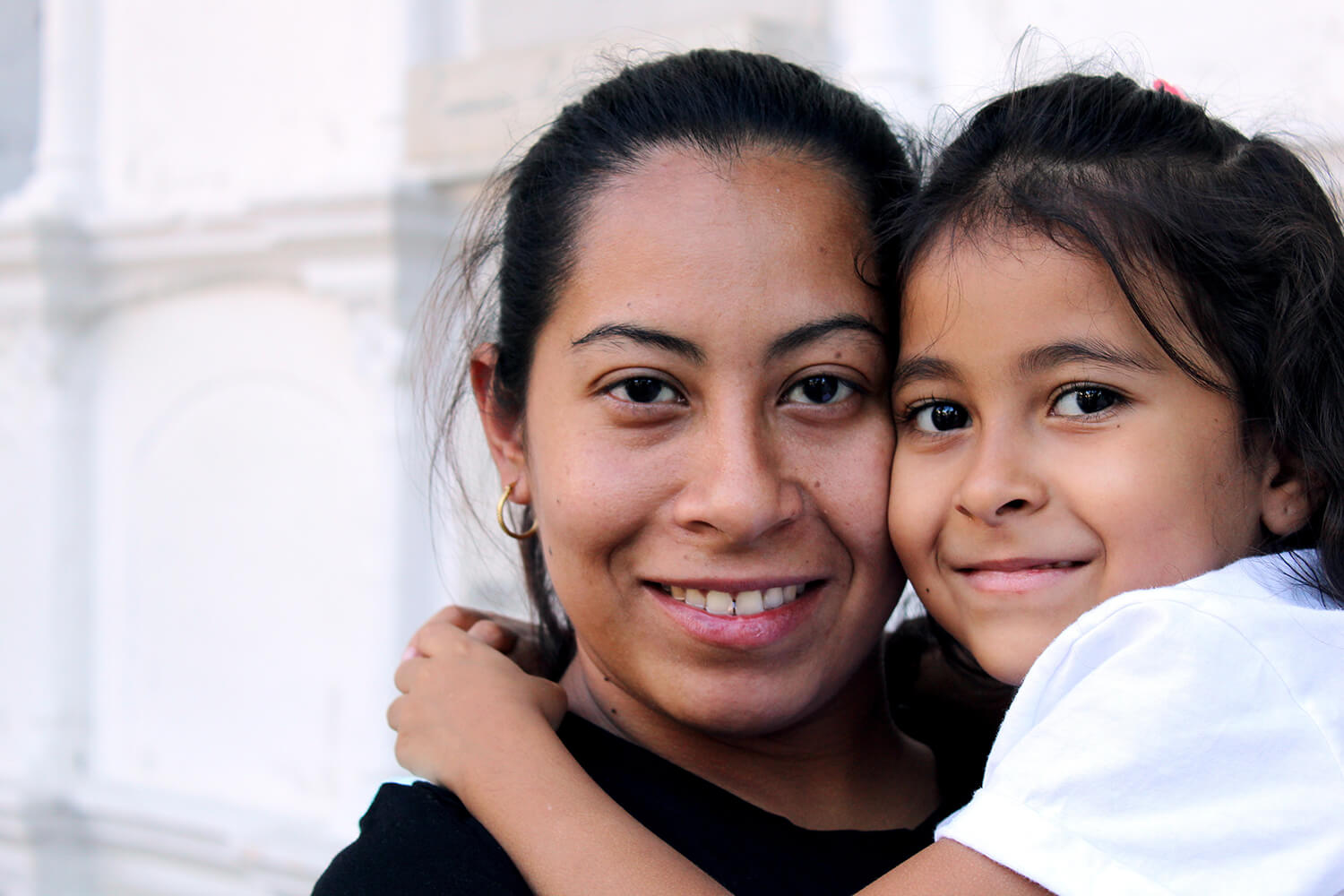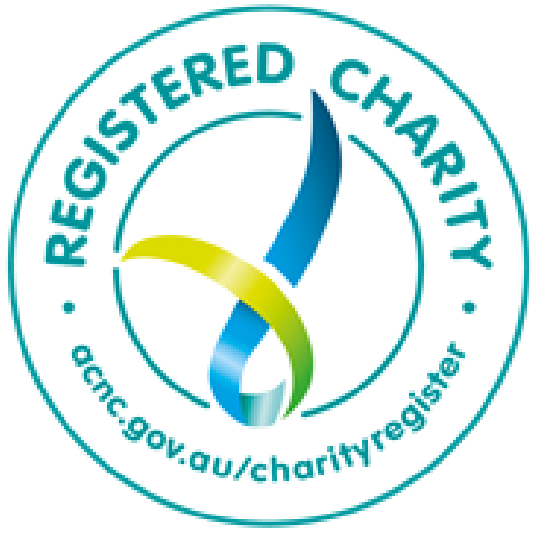How my gender transition helped me recover from an eating disorder
Kai Schweizer
My chest hurt. I was twelve years old. I stood sideways in the mirror and saw the subtle curves of breasts forming under my skin. All the ‘birds and bees’ talks warned me that puberty was coming soon. But in none of those lessons had they mentioned the feeling of despair or the panic rising in my throat. I was becoming a woman and that terrified me. Searching for any way out, I remembered the playground rumour that if you could lick your elbow, you’d wake up the next day as a boy. I contorted my limbs for hours trying to touch my tongue to my elbow, but I just couldn’t reach. Eventually, I fell asleep on a pillow wet with tears. When I woke up, the breast buds were still there.
By the time I was fourteen, I had developed a serious eating disorder that stunted my growth and suppressed my puberty. As someone who experienced life as a teenage ‘girl’, it seemed like you were supposed to hate your body. Everyone around me talked about their latest diet and how much they hated themselves and who their favourite Victoria’s Secret model was. I thought if I tried hard enough to be the ideal girl, somehow it would start to feel right. I wore the right clothes and learned to do makeup. I got more and more enveloped in my eating disorder, but no matter how much my body resembled the supermodels, it still felt like I was wearing a costume that I couldn’t take off.
I didn’t have the words to describe what I was feeling. I didn’t know that transgender people even existed. I just felt hopelessly alone. Eventually, I sort of checked out of my body; being present was too painful. My eating disorder was the only thing that made me feel like I had any control over my changing body. I spiralled deeper into my illness until it totally consumed my life.
I was cold all the time. I didn’t have any energy. My grades started to drop. And in spite of all my efforts, puberty continued to creep up on me.
When I got to university, I met other trans people for the first time. I discovered that I wasn’t the only person in the entire world who felt this way.
The first thing I did to transition was get my hair cut short. For so many years, I’d been unable to recognise myself in the mirror. I was so disconnected from the body I was living in that I couldn’t find myself in a group photo. When I stood up from the barber’s chair, I fought back tears. I recognised the person staring back at me. And I liked him.
After that, I realised that I needed to come out of the closet. I asked people to switch from calling me ‘she’ to ‘he’. I legally changed my name to Kai. I built a support network of people who loved me unconditionally. However, coming out and getting a haircut didn’t change the fact that my body felt wrong. Strangers still looked at me and saw a girl. I still showered with my eyes closed.
Starting testosterone therapy was a defining moment in my eating disorder recovery. The first puberty had been so distressing, but the second puberty felt like coming home. For so many years, I’d been trying to masculinise my body through disordered eating. Testosterone therapy masculinised my body in a sustainable way that didn’t compromise my health. My shape changed. My voice dropped. The monthly periods stopped. Strangers started to call me sir. I could shower with my eyes open. In 2017, I had top surgery to masculinise my chest. After a month of healing, I went to the beach shirtless. It was the first time I felt truly at ease in my body.
Over the course of my transition, my eating disorder was still present, but its power gradually lessened. The relapses became less frequent and easier to manage. The more my body has grown to align with my gender, the easier it has become to ignore the eating disorder’s voice in my head.
Sometimes I wonder- if I’d had access to transition care when I was younger, would I still have developed an eating disorder? I don’t think so. My eating disorder developed as a way stunting my puberty. If I’d had access to puberty blockers, my puberty would have stopped without all the lifelong health complications.
Today, I’m a sexologist and Masters student focused on trans and gender diverse health. Eating disorders in my community are something I want to study further. While we have very little research on the topic, what we do know is that 2 in 3 trans young people have engaged in disordered eating behaviours. Unfortunately, the eating disorder treatment options in Australia don’t always meet the needs of my community. We need more clinicians who understand the role that transitioning can play a key role in our eating disorder recovery.
Transitioning means something different to everyone. For me, it involved medical care, but for other people a change of name or pronouns may be all they need to feel comfortable. Still, being able to affirm who we are, in whatever way feels right, can be an essential part of eating disorder recovery for trans people like me.
I know it was essential to mine.


